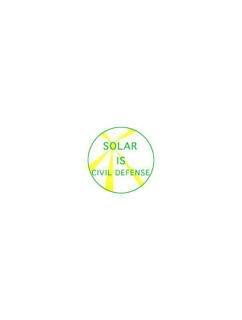The house is highly insulated, with R42 walls, R100 ceiling, and stands on an R30 insulated slab. It is powered by 4.94 kW of solar electric panels, solar air and hot water heaters, and passive solar heat gained through U-.17 windows (about R 5.8, according to my calculations). There is a mini-split air source heat pump serving as a furnace and demand hot water heaters as back-up in case it's needed.
The house used 1,959 kilowatts for the entire year with an annual energy bill for heating, cooling, hot water, cooking, appliances, and lighting of $392. They sold 2,933 kilowatt hours worth $586 back to the grid over that same period.
Tina Clarke, a Transitions Town trainer, and her husband, Doug Stephens, moved into their new home in December 2008 and will be using it in conjunction with Greenfield Community College and Franklin Regional Technical High School to educate builders and students in green jobs and green building techniques. Information about these courses can be found at http://www.gcc.mass.edu/media/docs/cg/community_ed.pdf"
In an interview with the Springfield Republican, builder Bick Corsa said the things that are most successful at lowering utility bills in a new home are tried-and-true design techniques.
“People tend to go for glamorous high-tech gadgets. There is nothing wrong with that stuff, but I tell people to go with the things that pay for themselves. A superinsulated shell for the house; put your money into that. It has no maintenance and it will save you on your heating,” he said.
Also, homes that have lots of windows that face toward the sun, called passive solar heating, will reduce heating bills. In this region, facing to the southwest gets you the most sun exposure.
“Those two things together – superinsulation and passive solar heating – are by far the most effective ways to have a really low-energy house. They are simple things that do their job year after year,” Corsa said....
These are also techniques that can be adapted to existing housing as well.
Case Studies of Zero Net Energy Houses and Deep Energy Retrofits
http://www.mass.gov/?pageID=eoeeaterminal&L=4&L0=Home&L1=Energy%2C+Utilities+%26+Clean+Technologies&L2=Energy+Efficiency&L3=Zero+Net+Energy+Buildings+(ZNEB)&sid=Eoeea&b=terminalcontent&f=doer_Zero_Net_Energy_Buildings_Case_Studies&csid=Eoeea
Zero Energy Intelligence
http://www.zeroenergyintelligence.com/blogspagehtm/?p=1284
Boston Herald article on the Stephens/Clarke residence
http://www.bostonherald.com/business/real_estate/view.bg?articleid=1238366
Solar IS Civil Defense

cross posted to bluemassgroup.com, dailykos.com, eurotrib.com, globalswadeshi.net, and greenmassgroup
No comments:
Post a Comment